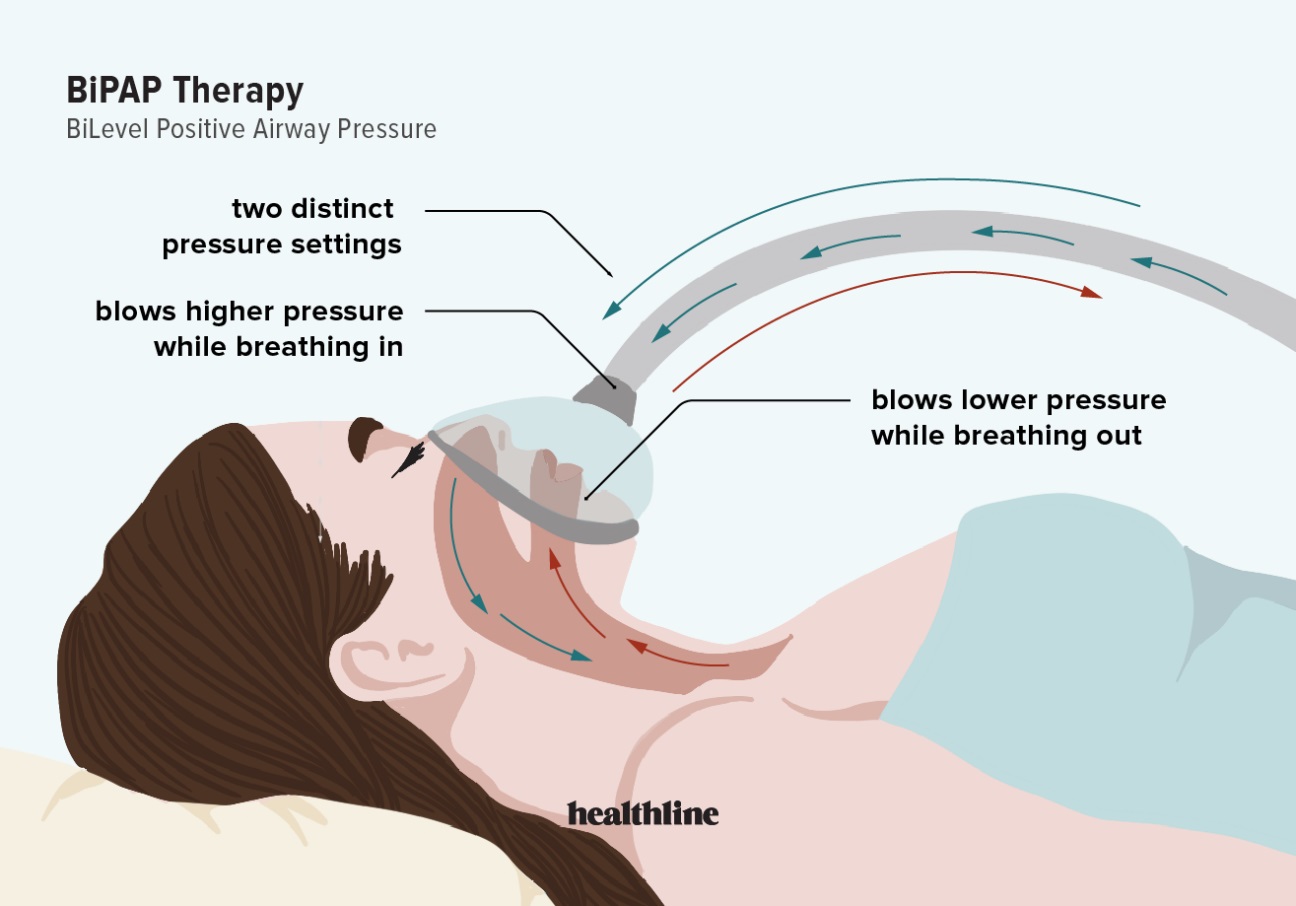
How Bi Pap Therapy Works ?
BiPAP therapy, which stands for Bilevel Positive Airway Pressure therapy, is a medical treatment commonly used to treat respiratory conditions, particularly sleep-related breathing disorders such as obstructive sleep apnea (OSA) and certain types of respiratory failure. BiPAP machines, also known as Bi-level or BiPAP ventilators, work by providing two distinct levels of air pressure: inspiratory positive airway pressure (IPAP) and expiratory positive airway pressure (EPAP). Here's how BiPAP therapy works:
Mask or Interface: The patient wears a mask or nasal interface that covers their nose, mouth, or both. This mask is connected to the BiPAP machine via tubing.
Pressure Settings: The BiPAP machine is set to deliver two different levels of air pressure:
a. Inspiratory Positive Airway Pressure (IPAP): This is the higher level of pressure delivered during inhalation. It helps to support the patient's effort to breathe in and maintain an open airway.
b. Expiratory Positive Airway Pressure (EPAP): This is the lower level of pressure delivered during exhalation. It helps to prevent the airway from collapsing or becoming obstructed when the patient breathes out.
Breathing Support: When the patient inhales, the BiPAP machine increases the pressure to the preset IPAP level, making it easier for the patient to take in a sufficient volume of air. This added pressure helps to keep the airway open and can be particularly beneficial for patients with OSA or certain types of respiratory failure.
Exhalation Support: When the patient exhales, the BiPAP machine reduces the pressure to the preset EPAP level, which is lower than the IPAP level. This lower pressure helps the patient exhale against less resistance, making it more comfortable and reducing the risk of airway collapse during exhalation.
Pressure Adjustments: BiPAP machines are customizable to the patient's specific needs. The healthcare provider or respiratory therapist will determine the appropriate IPAP and EPAP settings based on the patient's condition and response to therapy. These settings can be adjusted over time to optimize treatment effectiveness.
Monitoring: BiPAP machines often include built-in monitoring features that track the patient's breathing patterns, oxygen saturation levels, and other relevant data. This information can be used to assess the effectiveness of the therapy and make necessary adjustments.
BiPAP therapy is effective in treating various respiratory conditions, including sleep apnea, chronic obstructive pulmonary disease (COPD), and neuromuscular disorders that affect breathing. It provides a non-invasive way to support the patient's respiratory efforts, improve oxygenation, and enhance overall sleep quality and daytime functioning for individuals with sleep-related breathing disorders. However, it's essential that the therapy is prescribed and monitored by a healthcare professional to ensure that the settings are appropriate and effective for the patient's specific condition.

